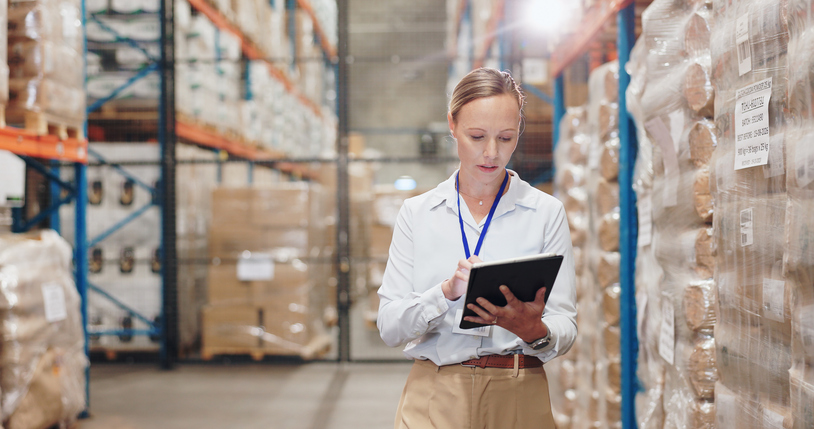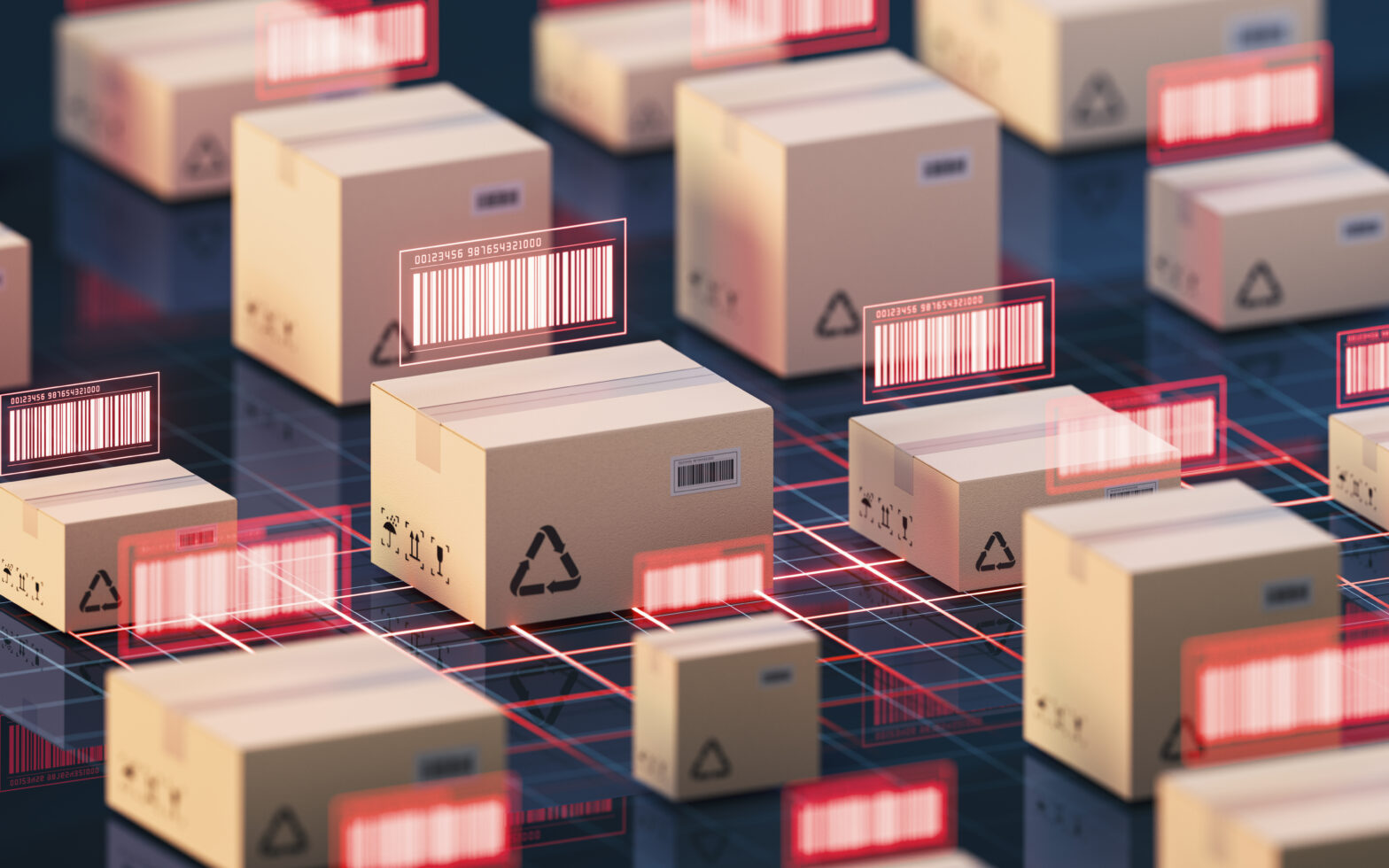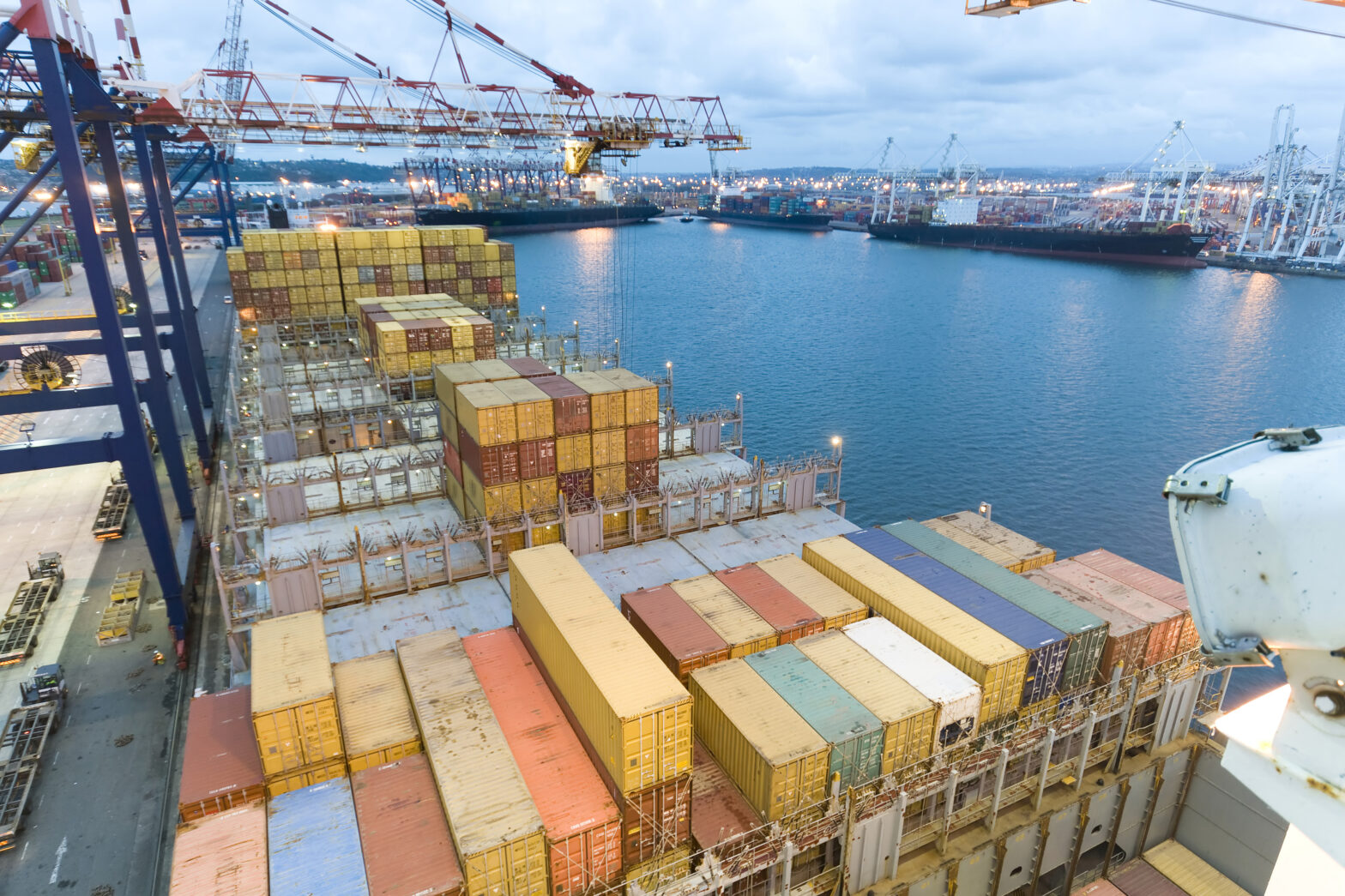Exports are one of the areas that will change for business after the Brexit transition period comes to an end.
There’ll be no change if you’re shipping to other parts of the UK or outside the EU. However, if you’re exporting to the EU, you’ve got some bits to factor in.
If we have a hard/no-deal Brexit, we’ll become a third country, where goods will need to be cleared at customs. To deal with these changes, you need to address the following seven areas.
Get an EORI number
As with imports, you’ll need an Economic Operator Registration Identification (EORI) number to export goods to the EU. An EORI has 12 digits and starts with GB.
If your business is service based rather than goods based, you may not need one. But if you are exporting to your business space in the EU, you’ll still need an EORI number.
Read more by heading over to EORI number: what it is and how to get or check one.
Have a look at your commodity/tariff codes
The Harmonized Commodity Description and Coding System or Harmonized system (HS) will have a run-down of codes you need to export to the EU. You will need these codes to fill in your customs documents.
According to PrepareforBrexit.scot, we should assume that WTO tariffs will be introduced following a no-deal Brexit. The UK won’t appear on this list until after Brexit, so go from another example of a country that doesn’t trade with the EU under a free trade agreement (FTA) for an indication of tariff.
Temporary tariffs would be introduced following a no-deal.
Align your certifications with the new rules
Your goods must pass EU regulatory checks if the UK becomes a third-party – products of animal origin will be subject to further checks. They will will need an export health certificate and
must enter the EU via a designated Border Inspection Post (BIP).
Some fish products will need a catch certificate, but not farmed fish. Some plants and plant products may also need a phytosanitary certificate.
Depending on what you’re exporting, you may need to apply for an export license. Have a look at the rules around exporting alcohol and tobacco and firearms too. It’s worth checking the country or countries you’re exporting to in case they have any specific laws for your exported goods.
Check your product labelling
Products that you’re exporting must be labelled correctly, especially if we need to reflect the UK’s third-country status. Products from the UK should no longer have an EU label either. Products labelled ‘organic’ will be subject to further EU restrictions until the UK is approved as a third country.
Decide whether you want to hire an agent for export declarations
For export declarations, you either hire an agent or do them yourself.
Agents can come in multiple forms – freight forwarders, brokers and fast parcel operators. Freight forwarders can help you send goods worldwide plus they can arrange for you to get customs clearance. Brokers and customs agent can help ensure clearance through customs.
Fast parcel operators, meanwhile, can move parcels and freight around the world with a specific time frame. They can also deal with customs clearance if you give them written instructions – though you must state if they’re acting directly or indirectly. HMRC has a list of customs agents for you to choose from.
If you want to do it yourself, you’ll need to learn how and when to submit. You must submit declarations through the Customs Handling of Import and Export Freight (CHIEF) system. Firstly, you have to gain access to CHIEF and then buy third-party software to submit said declarations.
To move products in baggage or small vehicles, you’ll need to submit a declaration in advance if:
- The value of the goods is over €900
- The goods weigh more than 1000kg
- You are moving excise or restricted goods
- The goods need a licence
- You are planning to claim relief
Without doing your export declarations, your goods will be held up at the border and delayed.
Transport documentation
Your driver may only be able to take certain routes which have specific checkpoints if you are moving certain goods or mixed loads.
They must also have a copy of your export licences; a movement reference number (in the event of a no-deal Brexit); a movement reference number or LRN if you’re doing this under the Common Transit Convention; an ATA Carnet document (if you’re moving goods out of the UK temporarily); and a TiR Cabinet document, if you are moving goods in a sealed load compartment with a seal number.
Drivers will also need to carry vehicle documents such as vehicle documents for legally crossing international borders, a written system for securing your vehicle (with a checklist to show the system is being followed) and other documents such as tacograph charts and insurance.
Decide on how you’re going to charge VAT
After Brexit, shipping items to the EU that are above €22 will incur import VAT and on items above €150, duties may have to be paid.
If you haven’t already, choose how you’re going to charge VAT to EU customers. Generally speaking, you’ve got three options:
- Charge the same upfront cost to EU customers, leaving them to pay VAT and duties when their shipment arrives.
- Reduce your upfront pricing for EU customers to Ex-VAT prices. Again, that leaves responsibility with customers to pay VAT and duties when the shipment arrives.
- Offer customers a ‘delivery duties paid’ service where they pay VAT and duties on your site so that they have nothing to pay when the shipment arrives.
Distance selling arrangements will no longer apply to EU customers after Brexit. UK sales to EU consumers will be zero-rated for UK VAT purposes.
What should I do now?
This is a lot to take in, especially at such a stressful time. Try and take it one element at a time. Once you’ve got a grasp of it, it’s worth contacting your EU customers in advance to keep them informed about what’s going to change and how it will affect them, especially VAT costs and potentially longer shipping times due to increased border controls.
For further information on exporting and other essentials, check the government’s Brexit transition site.





